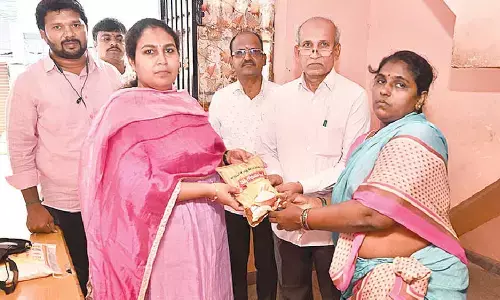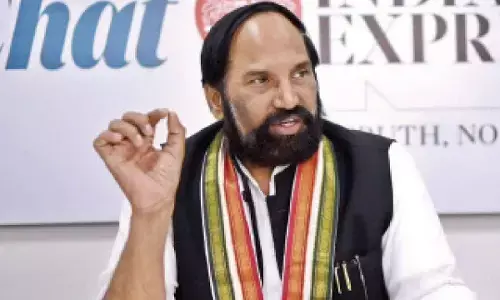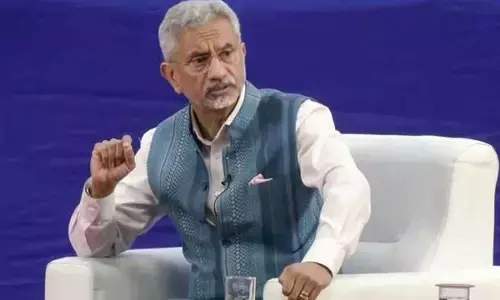The quest for a tobacco-free youth

The third-largest producer of tobaccointheworld, India is home to 275 milliontobaccousers. With over one-third of the population severely addicted to some form of tobacco, every year we have over one million deaths solely credited to this serial killer. In fact, India has one of the highest rates of oral cancer in the world with an annual incidence as high as 10 per 100,000 amongmales.
According to the Global Youth Tobacco Survey (2009), 15.5 per cent of students in India are likely tobacco users annually. However, there is limited information on other important behaviour patternsthatinfluencethisaddiction.Howdotheyperceivesmokingandusingothertobacco products?Whydotheyusetobaccoasahabit-formingagent?Andmostimportantly,whatis their take on the anti-tobacco campaigns and legislative control measures that exist today in the country? Decoding and deriving their perceptions and behavioral patterns is integral to identify gaps in their awareness and in the effective implementation of tobacco control laws of theland.
Decoding the epidemic
TheharshrealityisthatchildrenandadolescentstendtobetheprimetargetsoftheTobacco industry when recruiting new tobacco users. The National Sample Survey Organization done by the Government of India revealed that about 20 million children with the age group of 10 - 15yearsareestimatedtobeaddictedtotobacco.Thesurveythrewlightonhowadolescents typically become addicted to nicotine while still being teenagers. The usual interval between thefirstcigaretteconsumptionanddailysmokingis1-2years.Studieshaveshownthatmore than half of adolescent smokers try to quit smoking every year with fewer than 10 per cent being successfully able to go cold turkey for a month. The majority of adolescent smokers reported withdrawal symptoms when attempting toquit.
The last three decades have seen a lot of movement towards this cause, where a number of surveys were conducted in different parts of India to study the prevalence of tobacco use by adolescents. The study included school and college students, medical students and street children :
Tobacco use among schooland college students
More prominent and defined smoking patterns have been found in boys and tend to vary from 6.9 to 22.5 per cent among male school and college students. The prevalence is relatively low amongst girls, varying from 0-2.3 per cent. More than 40 per cent of children had begun their tryst with Tobacco between 10-15 years ofage.
Tobacco use in street children
India has the second-largest population of street children in the world. Metros like Mumbai, Delhi, Bengaluru, and Kolkata have each around 100,000 street children. A majority of them maintain uncertainties with their families, while many have no families at all, resulting in them leading very stressful lives.
An easy temporary escape out of their lives of despair and gloom tends to draw these vulnerablekidstoaddictionthatgivesthemakickaswellashelpsthemsuppresshungerand helplessness. They tend to consume Tobacco-based products stimulating the Central Nervous Systemtoimprovealertnessandgainrelieffrominsomniaduetolongworkinghours. Asperthestudiesin2018, 37 per cent of the street children in Indiaconsumetobacco. Olderchildren withintheagegroupof16-21yearshavedualtobaccouse.Themostcommonageforinitiation of tobacco was between 8 and 10 years with 60.9 per cent of the children smoking and 64.5 per cent consuming a smokeless form of tobacco before 10 years ofage
A glance at some preventive strategies underway:
Early educational programs focused on awareness around Tobacco and its harmful health impact on its users should not only be contained to education on the negative impact of smoking cigarettes but also on those caused by other smokeless Tobacco products like smoking Hookah and beedis, gutkaetc.
An integral step in the prevention of this growing epidemic is much-needed attention on the enforcement of the existing evasive Tobacco policies of thegovernment.
EstablishmentofTobaccoCessationfacilitiesindiverseclinicalsettings,andevolving service models that could be extended to thecommunity
Adopt an evidence-based method to provide Harmful and Potentially Harmful Constituents in Smokeless Tobacco products that will lead to a set of standards for regulation and improve harm reduction efforts inIndia
Tobaccoaddictioninallitsharmfulformsissomethingwesimplycannotignore.Itisapressing need of the hour and one that calls for immediate action. Especially, since it is victimising our future – Our Children! It's time to armour up and tackle this epidemic with effectively designed innovative tobacco harm reductioninterventions.
(The author is Director of Harm Reduction Research and Information Center, Mumbai)















